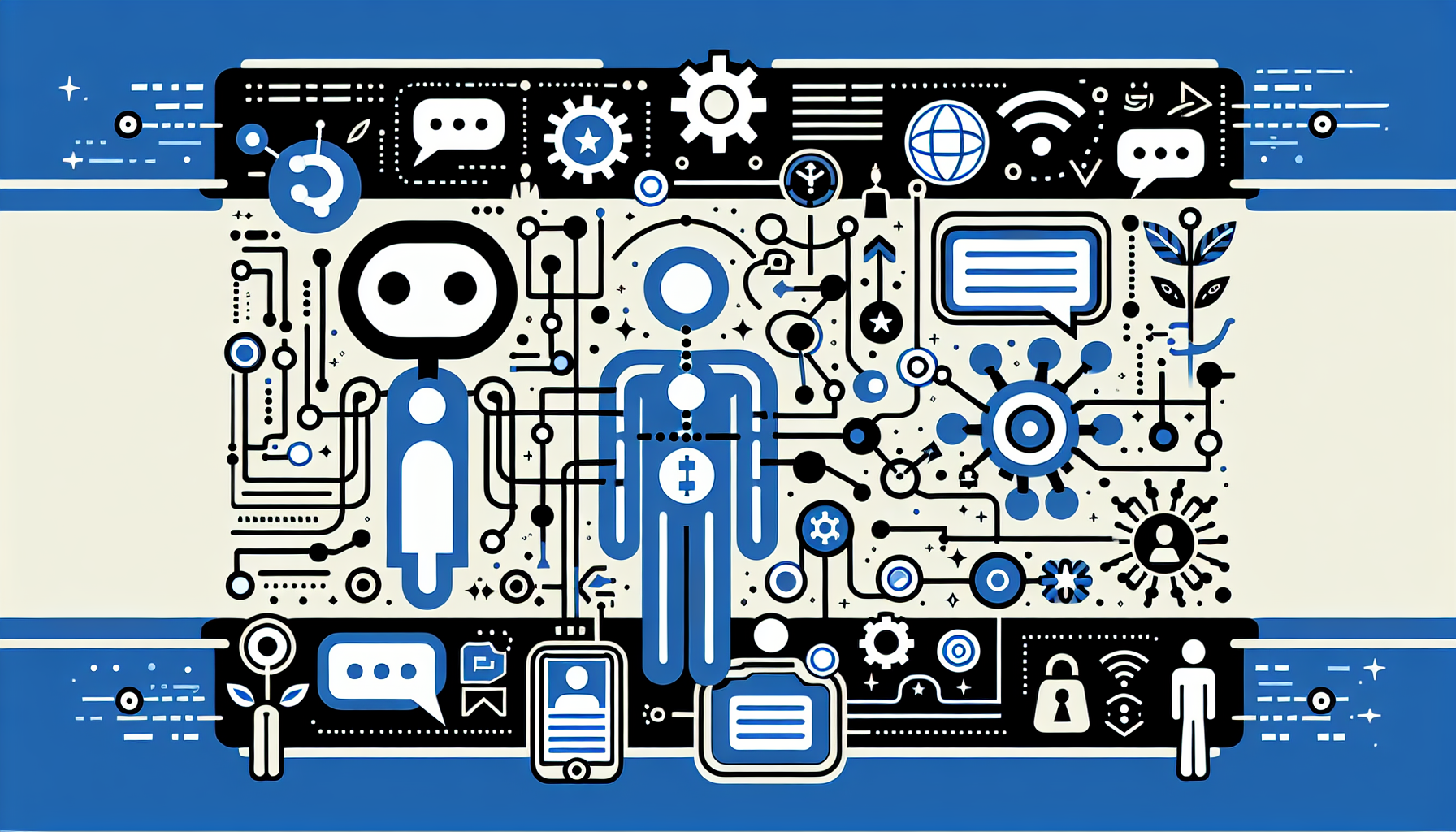How to Integrate ChatGPT with Zapier for Enhanced Customer Engagement
Understanding the Role of ChatGPT
ChatGPT, an advanced natural language processing model developed by OpenAI, enables businesses to interact dynamically with customers. This AI-driven tool can generate human-like text responses, making it invaluable for customer service, content creation, and more. Integrating ChatGPT with tools like Zapier enhances its capabilities by automating workflows and facilitating seamless interactions across various applications.
What is Zapier?
Zapier is an automation platform that facilitates connections between different web applications through “Zaps.” A Zap comprises a trigger from one application and one or more actions in another, enabling automated workflows without the need for coding. By using Zapier, businesses can create efficient systems that save time and reduce manual effort.
Benefits of Integrating ChatGPT with Zapier
-
Streamlined Communication: Automate responses to customer inquiries using ChatGPT, which helps in providing instant solutions while increasing efficiency.
-
Enhanced Data Collection: Capture customer interactions and questions automatically, which can be analyzed to improve services and product offerings.
-
Reduced Workload: Offload repetitive tasks to ChatGPT through automation, allowing your team to focus on more complex issues that require a personal touch.
-
Personalized Customer Experience: Deliver tailored responses based on user data, enhancing customer satisfaction and engagement.
Key Steps to Integrate ChatGPT with Zapier
Step 1: Set Up Your OpenAI and Zapier Accounts
Before you begin, ensure you have active accounts with OpenAI and Zapier. If you don’t have an OpenAI API key, sign up for access to utilize ChatGPT effectively.
Step 2: Create an API Key in OpenAI
- Log into your OpenAI account.
- Navigate to the API section.
- Generate a new API key, which you’ll use to authenticate your requests to ChatGPT.
Step 3: Register a New Zap in Zapier
- Log into your Zapier account.
- Click “Make a Zap” to start creating a new workflow.
- Choose a trigger application. For example, you can select Slack, Google Sheets, or any other application you want to monitor for new inquiries.
Step 4: Configure the Trigger
- Select the desired event within the application to act as a trigger (e.g., “New Message” in Slack).
- Connect your account and set up any necessary fields or configuration options.
- Test the trigger to ensure it’s working correctly.
Step 5: Set Up Action to Call ChatGPT
- Next, add an action step. Search for “Webhooks by Zapier,” as ChatGPT does not have a native integration.
- Choose the “Custom Request” action.
Step 6: Configure the Webhook
-
In the Custom Request section, configure the following settings:
- Method: POST
- URL:
https://api.openai.com/v1/chat/completions - Headers: Include your OpenAI API key in the header field, formatted as
Authorization: Bearer YOUR_API_KEY. - Data: Input the JSON code to structure the prompt sent to ChatGPT. For example:
{ "model": "gpt-3.5-turbo", "messages": [{"role": "user", "content": "Your inquiry text here"}], "max_tokens": 150 }Replace
"Your inquiry text here"with the input from your trigger application dynamically.
Step 7: Capture and Process ChatGPT Response
- After you set up the Webhook, test this action to send a request to ChatGPT.
- Zapier will display the response returned by ChatGPT. You may wish to format this response for further use.
Step 8: Set Up Additional Actions
- Based on the response from ChatGPT, you can choose to send the output back to the trigger application or process it further.
- For example, use the “Create Message” action for Slack or “Update Row” in Google Sheets to log interactions.
Step 9: Test and Activate Your Zap
- Conduct multiple tests to ensure the integration is functioning smoothly.
- If everything works as expected, activate your Zap to begin automating responses.
Best Practices for Effective Integration
-
Monitor Interactions: Regularly check the logs of your interactions via Zapier. This helps in identifying areas where refinements are necessary.
-
Tailor Your Prompts: Customize your inputs based on customer data or previous interactions to ensure ChatGPT provides more relevant and personalized responses.
-
Set Up Alerts: Use Zapier’s capabilities to notify your team for inquiries that the AI cannot handle or those needing human intervention.
-
Iterate on Feedback: Gather feedback from customer interactions to continuously improve the prompts and response quality from ChatGPT.
Advanced Use Cases
-
Appointment Scheduling: Connect a calendar application to allow customers to book appointments directly through ChatGPT interactions.
-
Lead Generation: Automatically collect leads from inquiries and push them to a CRM like Salesforce or HubSpot.
-
Survey Responses: Use ChatGPT to generate follow-up surveys after service inquiries, capturing customer sentiment easily.
-
E-commerce Integration: Integrate with e-commerce platforms to respond to queries about product availability, shipment tracking, and returns.
Conclusion and Next Steps
Leveraging Zapier to integrate ChatGPT can significantly enhance your customer engagement initiatives. By following these steps, businesses can automate and personalize interactions, providing timely responses that elevate customer experience. With continuous iterations and improvements, integrating ChatGPT with Zapier can lead to smarter, more efficient customer service, setting your business apart in an increasingly digital landscape.


